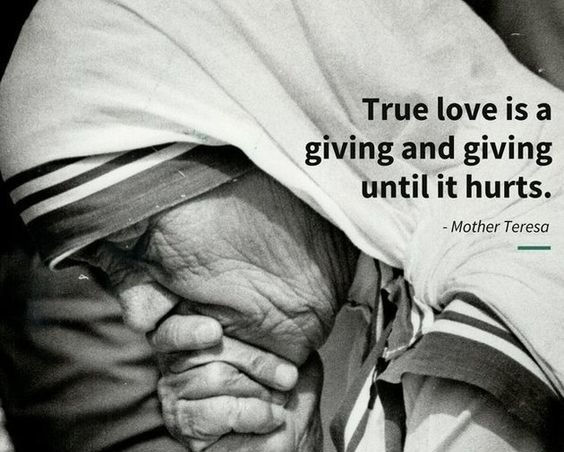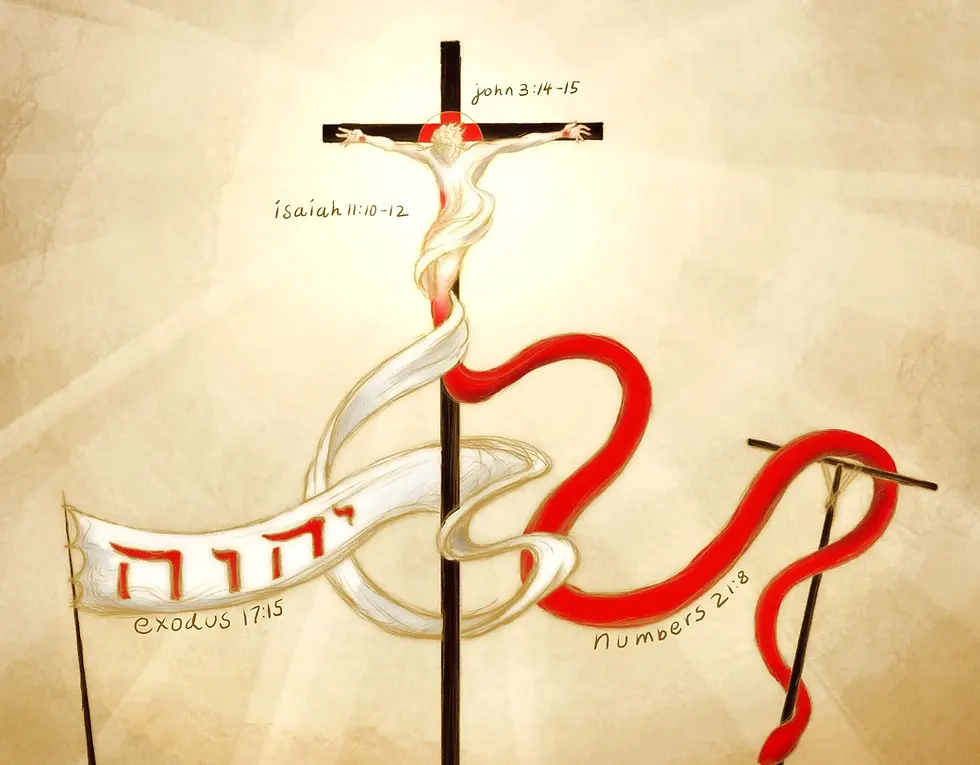IS CHARITY OUTDATED?
- Charles
- 1 juil. 2023
- 4 min de lecture
Reflections for the 13th Sunday in Ordinary Time: 2 Kgs 4:8-11, 14-16a, Rom 6:3-4, 8-11, & Mt 10:37-42
Charity, Thomas Aquinas said, gives shape to the acts of all the other virtues (Summa Theologica, q.23, a.8). The Catechism of the Catholic Church, nos. 1826-1827 affirms that “Charity is the noblest of all virtues and the first of the theological virtues. The practice of all the virtues is animated and inspired by charity, which "binds everything together in perfect harmony"; it is the form of the virtues; it articulates and orders them among themselves; it is the source and the goal of their Christian practice. Charity upholds and purifies our human ability to love, and raises it to the supernatural perfection of divine love”. The virtue of charity has inspired generations of Christians and non-Christians alike to engage with the world in a way that reflects God’s love for His creation.

This perception, however, seems to be changing radically in our times. Equated with hand-outs, donations, and aid, charity is critiqued to be inefficient and peripheral in its method. It is argued that charity is reductive, shameful, and even oppressive to its recipients. The word ‘charity’ has taken on such a pejorative connotation that we have begun to opt for more politically ‘correct’ terms like philanthropy, social justice/enterprise, community engagement, etc., Is Charity then an outdated concept? This Sunday’s liturgy gives three reasons why charity is still a relevant and radical art of engagement.
1. Giving until it hurts:
What differentiates Christian Charity from corporate giving is the fact that charity as a virtue is not merely handing out a small portion of one’s abundance after carefully reserving a major part of it for oneself. Mother Teresa, in her address to the National Prayer Breakfast in Washington, D.C. on 3rd February 1994, famously said, “I must be willing to give whatever it takes to do good to others. This requires that I be willing to give until it hurts. Otherwise, there is no true love in me, and I bring injustice, not peace, to those around me.”

The exigencies of charity exceed isolated and occasional acts of kindness and involve a consistent and deliberate choice to give to “give until it hurts”. Thus, to be charitable means to be personally involved and invested. In Mark 12, Jesus extols the giving of the poor widow (two small coins) for the simple fact that her giving caused more ‘hurt’ than the possible large sums donated by the other probably well-to-do benefactors. In Jesus' economics, the value of the offering does not depend on the cost of what was shared but on the sacrifice that was made. Giving should cost us. However, this hurt is born with joy. Therefore Paul writes, "Each one must give as he has decided in his heart, not reluctantly or under compulsion, for God loves a cheerful giver" (1 Corinthians 9:7).
2. Giving like Christ:
Charity finds its ultimate expression in Christ’s complete self-emptying and self-giving. Christian charity is therefore kenotic and is modelled after the life and mission of Jesus. In becoming human (incarnation), Jesus gives himself to the point of becoming a servant (Philippians 2:7). In his ministry, he gives himself to the cause of the poor and the marginalised to the point that he didn’t even have time to eat (Mark 6:31). In the eucharist, he gives himself to the point of becoming food and drink to those who believe in him (John 6:51). On the cross, he gives himself to the point of death (Matthew 27:50). He continues to give himself to those die with him that we may live in newness of life for God (Second Reading).

So when Jesus asks us to “take up our cross and follow him” (gospel), he invites us to emulate this kenotic model of charity that involves choosing to live by his counter-cultural paradigm of self-giving as the guiding principle of our every word and gesture. Why does Jesus say that one who loves his/her parents or children more than him is not worthy of him? In Matthew’s Church, the new converts who had welcomed Christ into their lives faced exclusion and persecution not only from society but also from their own family members who were still Jewish. Practising hospitality poses radical challenges to the already existing order of relationships.
3. Giving is relational:
Charity does not imprison the donor and the recipient into a transaction model of relationship between a “giver” and a “receiver”. Unlike philanthropy or welfare models, the focus of Charity is not so much on the ‘generosity’ of the giver or the ‘victimhood’ of the one in need. Charity enables both of them to enter into a mutually reciprocal relationship that is centred on God. In giving and receiving, we welcome the other person and not just the donation that is exchanged. The first reading testifies to the hospitality extended by an influential woman in Shunem to the prophet Elisha. She does not only make room for the prophet in her room but also in her family, a gesture that will lead to Elisha’s prophesy that she will soon welcome a son to her family.

Jesus, in today’s Gospel, insists that welcoming his disciples is in fact welcoming himself. Charity is not a one-time transaction of a ‘donation’ but the beginning of a process that is marked by hospitality, reciprocity, and the integral transformation of the giver and the receiver. For Christian charity to remain relevant to our contemporary society, we need to emulate the kenotic model of giving until it hurts and thus enter into a God-centred relationship that transforms us from givers and receivers into hospitable disciples.




Commentaires